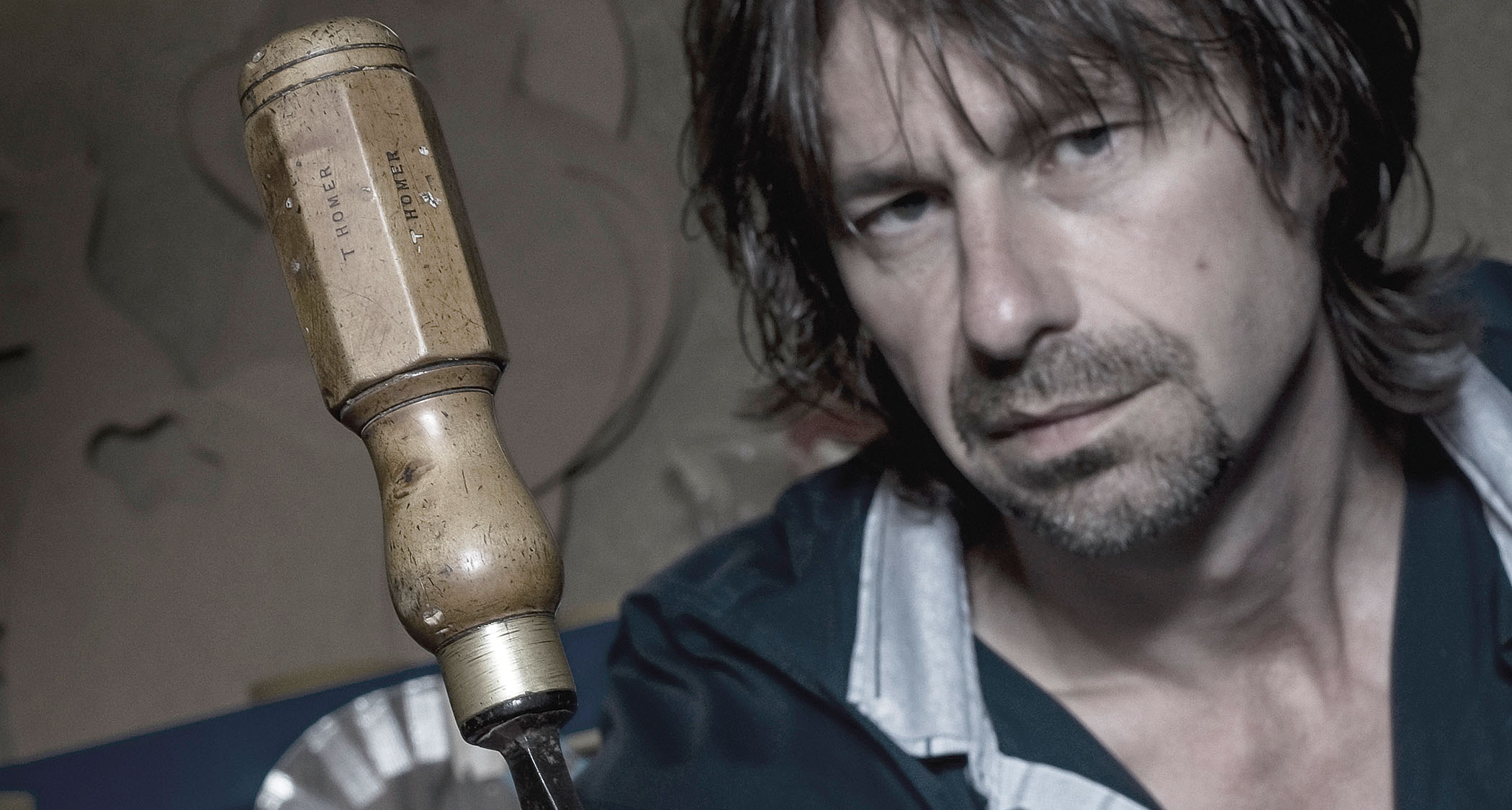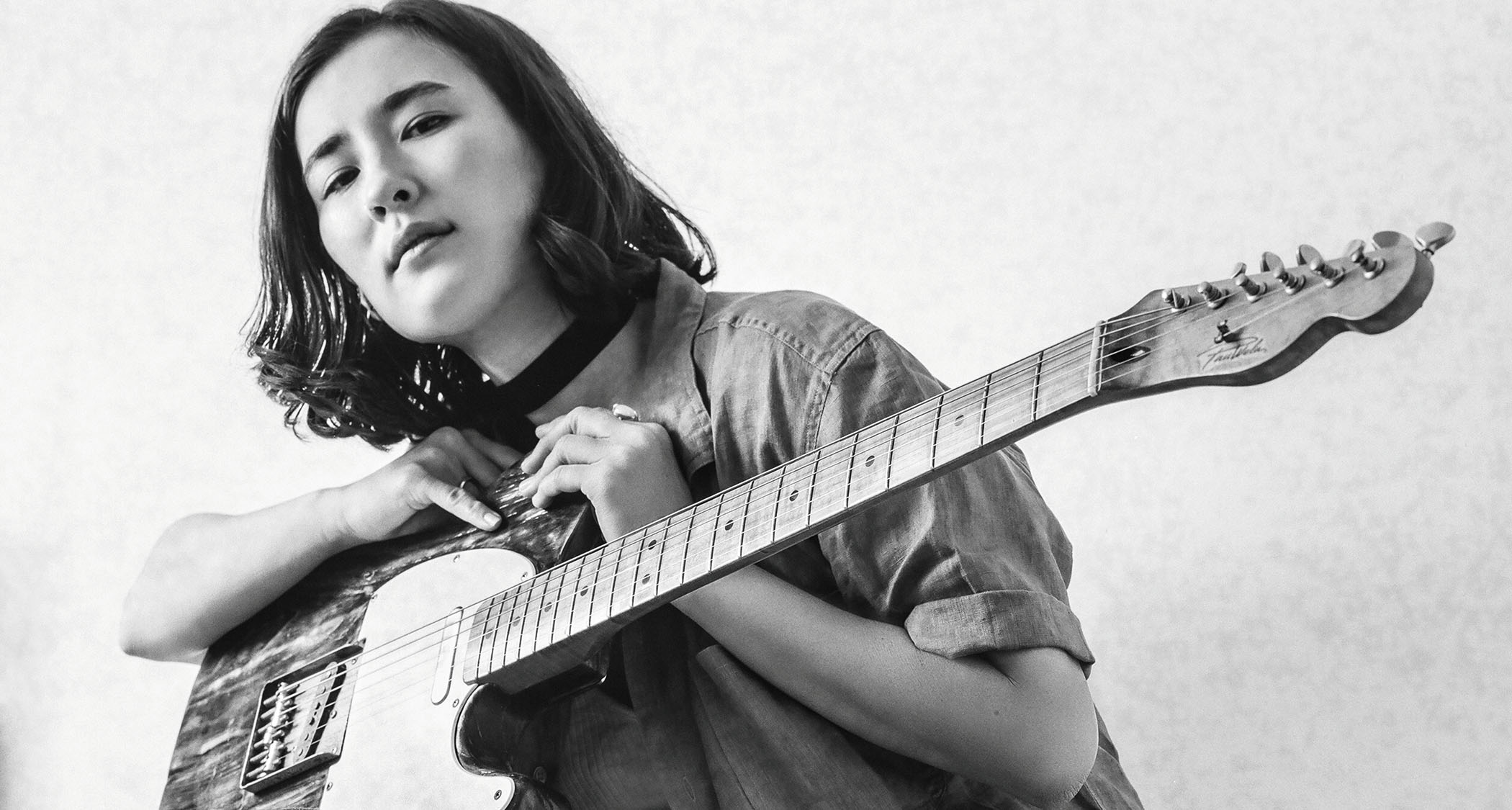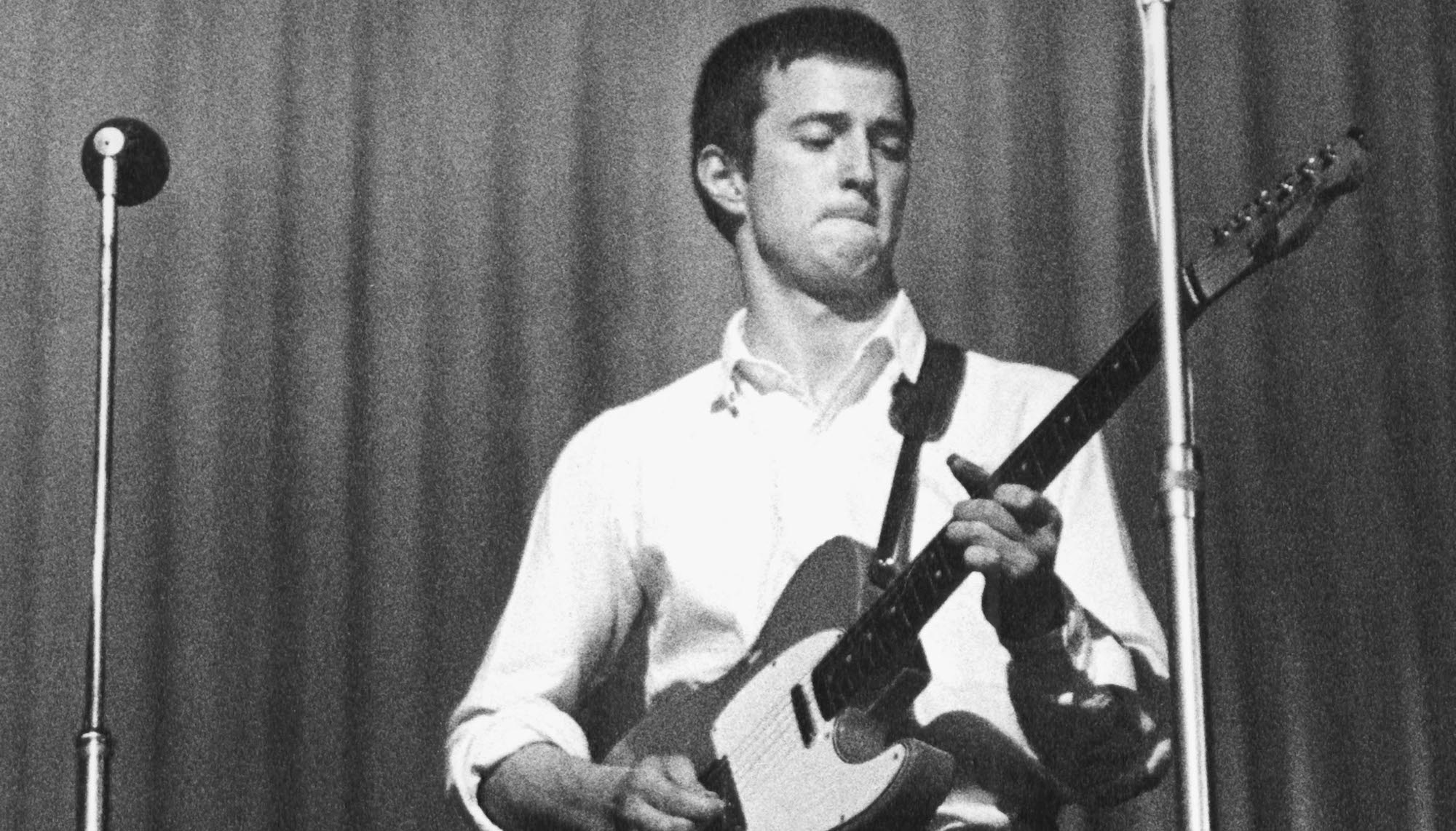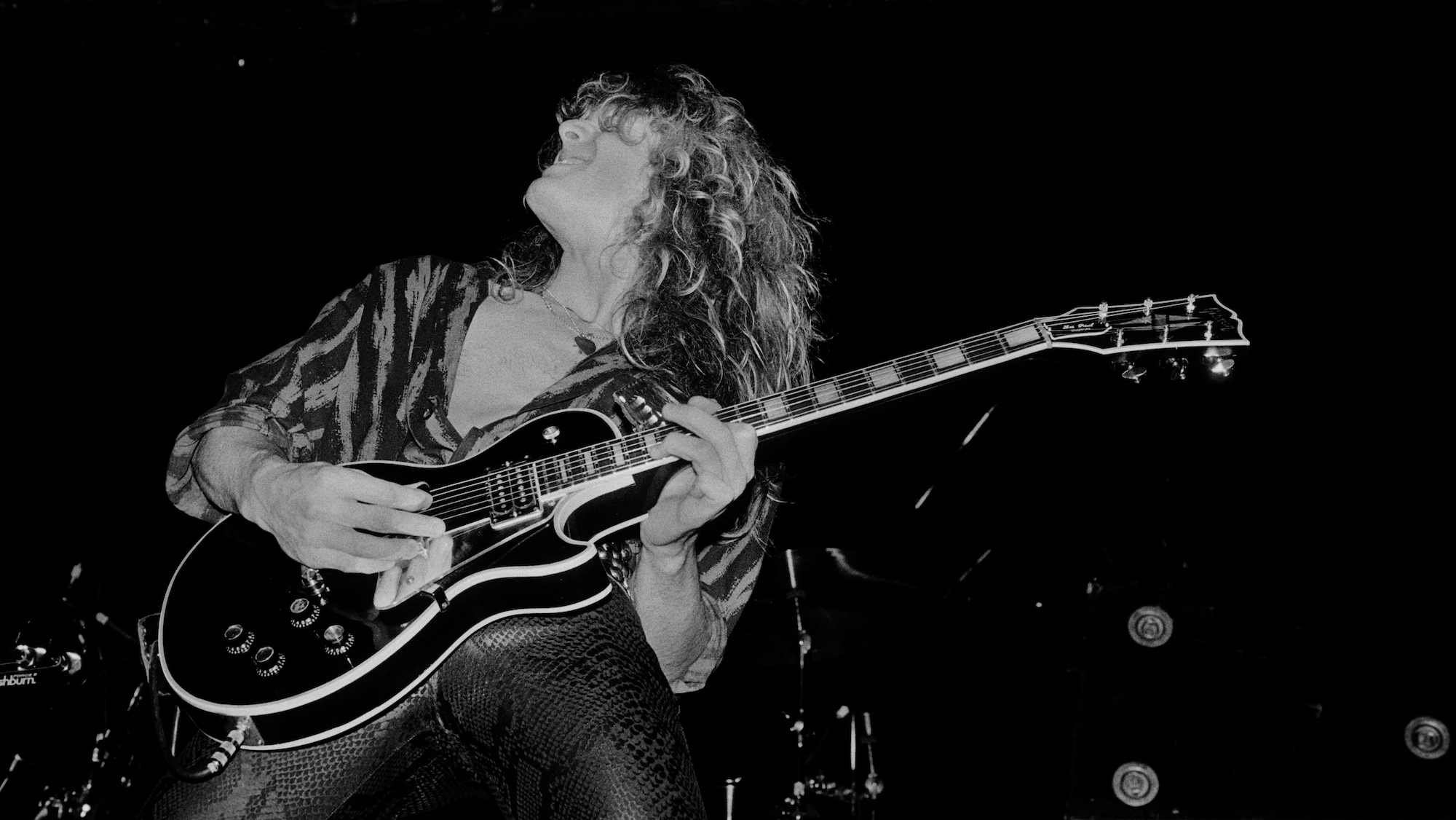“Metal suffers without dynamics. DADGAD can help without having to think about it. You can play chords that aren’t possible in standard tuning”: John Browne hasn’t played in standard tuning for 20 years. He explains why DADGAD is perfect for modern metal
The tuning is being heralded by a growing number of current greats – we caught up with the Monuments riffer to find out why
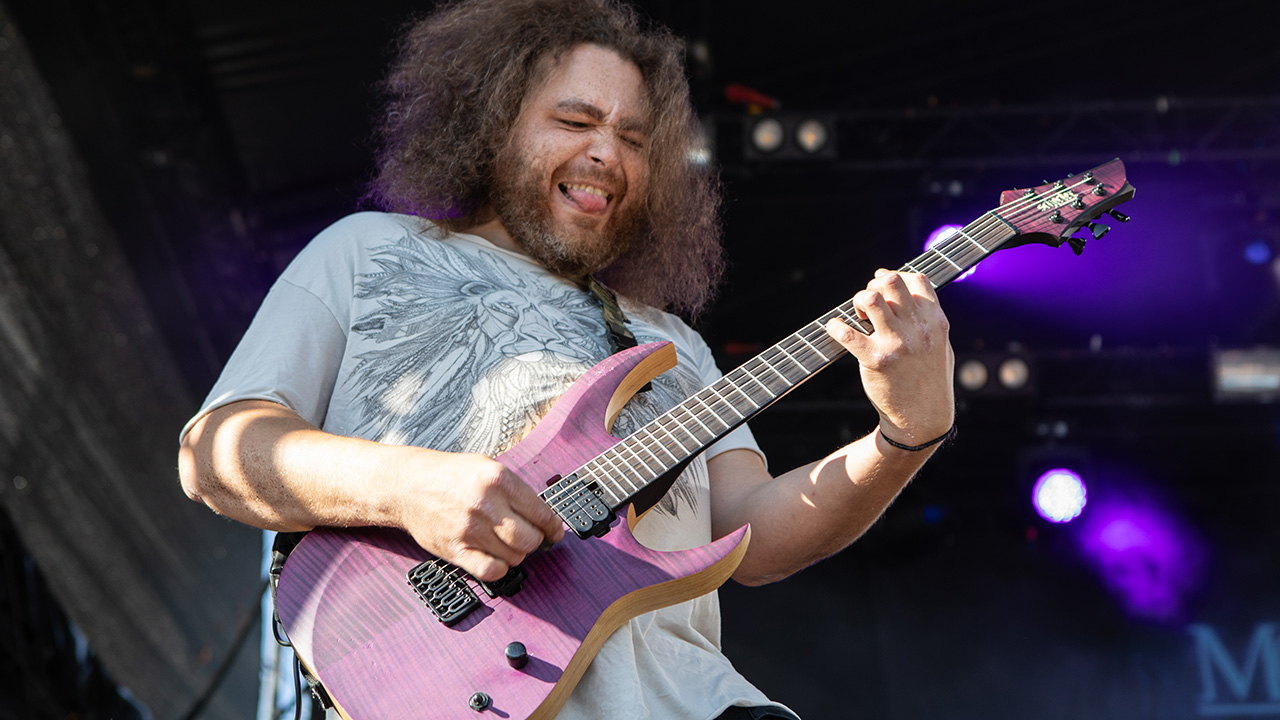
Monuments guitarist John Browne hasn’t played in standard tuning for 20 years, ever since Tesseract’s Acle Kahney turned him onto the openness of DADGAD.
It’s helped him forge massive soundscapes with his guitar, and now he’s sharing his knowhow via his new online education platform, Modern Metal Academy.
Many top-tier players – including Loathe’s Erik Bickerstaffe and Clayton King – have told this writer that DADGAD is primed for next-level metal. But, like a particularly stubborn pair of Dr Martens, I’ve struggled to break into it. Enter Browne and his top hacks for getting to grips with metal’s GOAT tuning.
Forget shapes – use your ears
“The main thing that I got out of DADGAD was that I used my ears more,” says Browne. “It can feel quite limiting going to a new tuning, like you're back in year one of playing. But that's a good thing, because I couldn’t just play the shapes I learned in my guitar lessons over and over.
“I started playing around with trying to create different chords; rather than saying, ‘That’s a D minor,’ I just left it open. When you start with a new tuning, you’ll learn theory and the scale shapes. But I found it more helpful to just put my fingers on the fretboard and see what came out.
“It’s good to get out of your comfort zone and use your ears to create something fresh and cool. I should probably go back to standard – I’ll think about it differently now!”
Dynamize your playing
“In standard tuning, there are five different open-string notes. In DADGAD, all but one string repeats, and you get three Ds,” Browne says. “Once you get your head around that, it’s easy to do octaves and learn your fretboard. You’ve got fewer strings to work out, especially if you think horizontally. Then it’s about applying that to your benefit when writing riffs.
Get The Pick Newsletter
All the latest guitar news, interviews, lessons, reviews, deals and more, direct to your inbox!
“If you have a riff on the low string, you can repeat it on a different string or jump between them all in a weird way. You end up with this cool up-and-down thing. I’ve saved myself hours just by having the strings tuned the same.
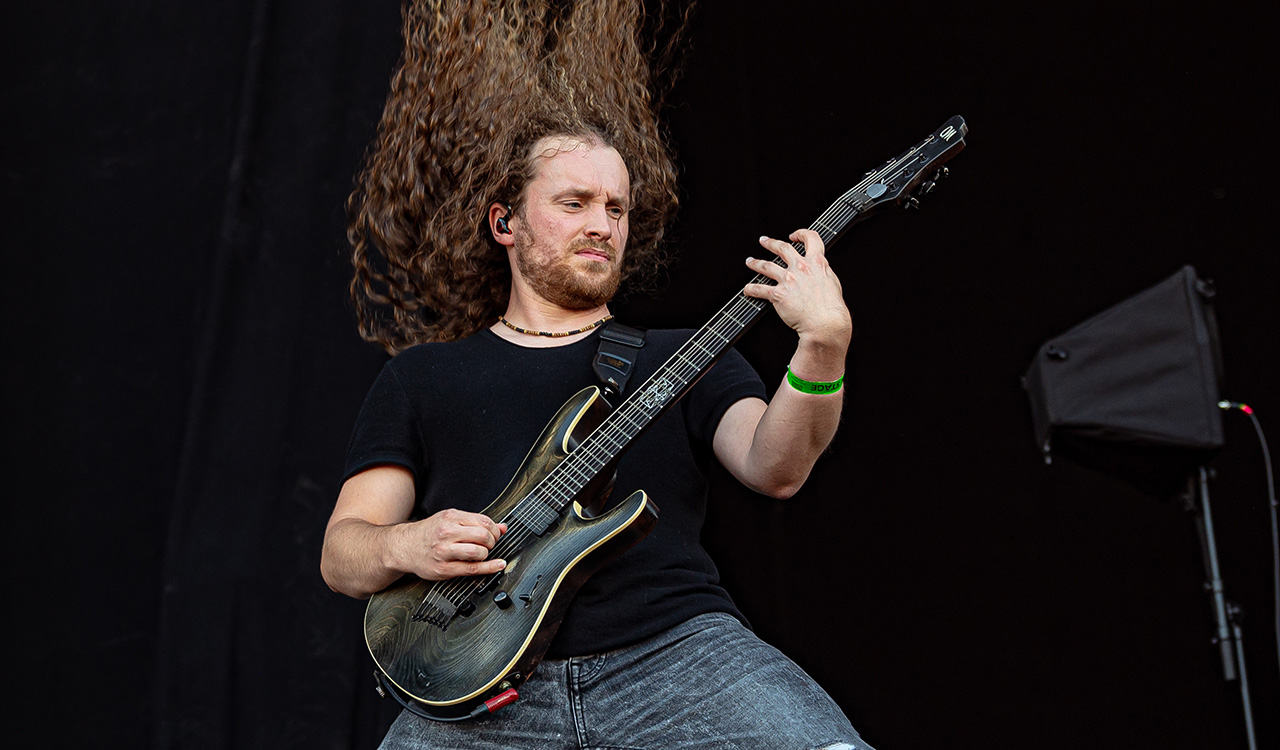
“You can play more dynamically too, especially if you change your guitar tone. So you’ve got this disgusting fuzz-ridden sound on your low string; then all of a sudden you’ve cleared it up. It’s more like a crunch for a verse and you’ve created this dynamic range within the song. Metal suffers without dynamics. DADGAD can help without having to think about it.”
Open your heart to open strings
“I didn’t play open strings in standard tuning unless it was a basic chord,” Browne recalls. “For solos especially I was always fretting everything, trying to play as fast as possible. DADGAD opened up the fact that I can play open strings, not only for chords but also for jumping across octaves and creating a really nice ebb and flow between the high and bottom end.”
Chordal glory
He continues: “You can play chords that aren’t possible in standard tuning. In standard, you need two fingers to play a power chord – but only one in DADGAD. So you can add extension notes to them with your free fingers to create these big, wonderful chords.
“Most metal guitarists write in power chords, so once you've got your basic sequence, try extending them. You can create really lovely harmonies in the upper range. You can hear that on I, The Creator – the melody hits other notes in the scale, beyond the power chords. The beauty is that, even today, I can find chords that sound completely fresh to me.”
Write like you
Browne launched his Modern Metal Academy in 2023 to help players unlock their creativity. “The ultimate goal is to write songs that sound like you,” he explains.
“Many people can get a technique down within a certain period, but I think most guitar players don’t know where to start when it comes to writing – it feels really complicated.
“At Modern Metal Academy we provide different briefs to write to. We’ve prompted subscribers to write music in the style of an artist and given them tools to help. Even if it’s an image – there are no restrictions: it’s down to a player’s imagination.
“We’re getting guitar players to find what they like writing, which I don't think anyone else does, and DADGAD can be a part of that.”
- Modern Metal Academy is designed to help players elevate their playing, skills, and creativity.
A freelance writer with a penchant for music that gets weird, Phil is a regular contributor to Prog, Guitar World, and Total Guitar magazines and is especially keen on shining a light on unknown artists. Outside of the journalism realm, you can find him writing angular riffs in progressive metal band, Prognosis, in which he slings an 8-string Strandberg Boden Original, churning that low string through a variety of tunings. He's also a published author and is currently penning his debut novel which chucks fantasy, mythology and humanity into a great big melting pot.
You must confirm your public display name before commenting
Please logout and then login again, you will then be prompted to enter your display name.
“I hope they never do one of Van Halen. I told Wolfie, ‘Make sure I’m dead’”: Eddie Van Halen's former wife, Valerie Bertinelli, rules out Van Halen biopic
“The hotshot guitar player at our gig said, ‘Your guitar sounds terrible. You should leave that thing on.’ So I turned on the Big Muff…” How a heckler helped J Mascis unlock his Dinosaur Jr. guitar tone

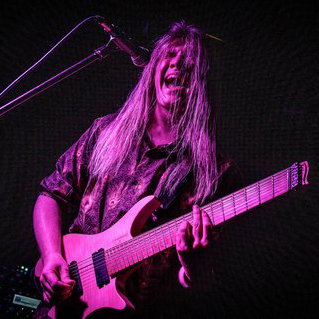
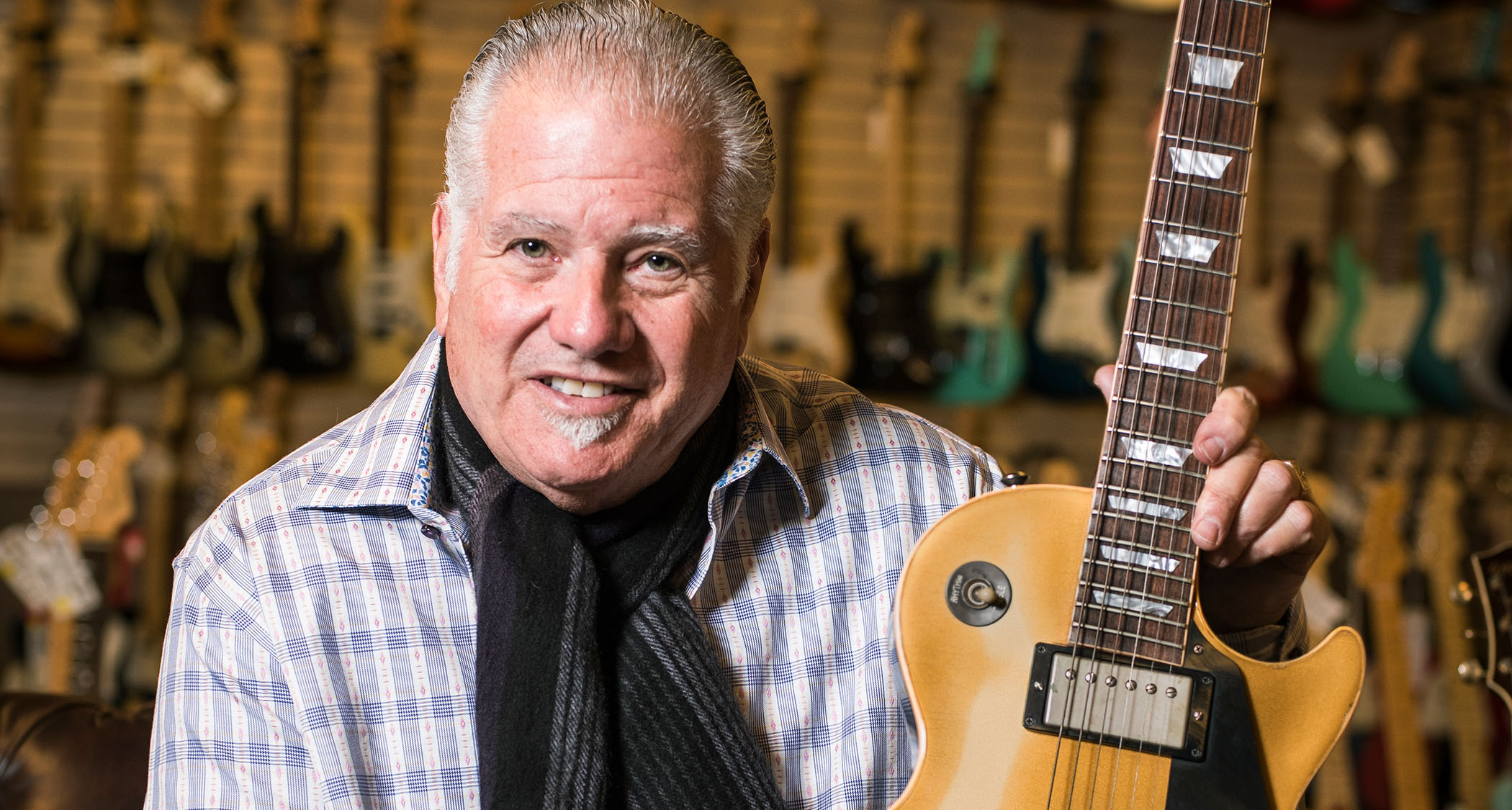
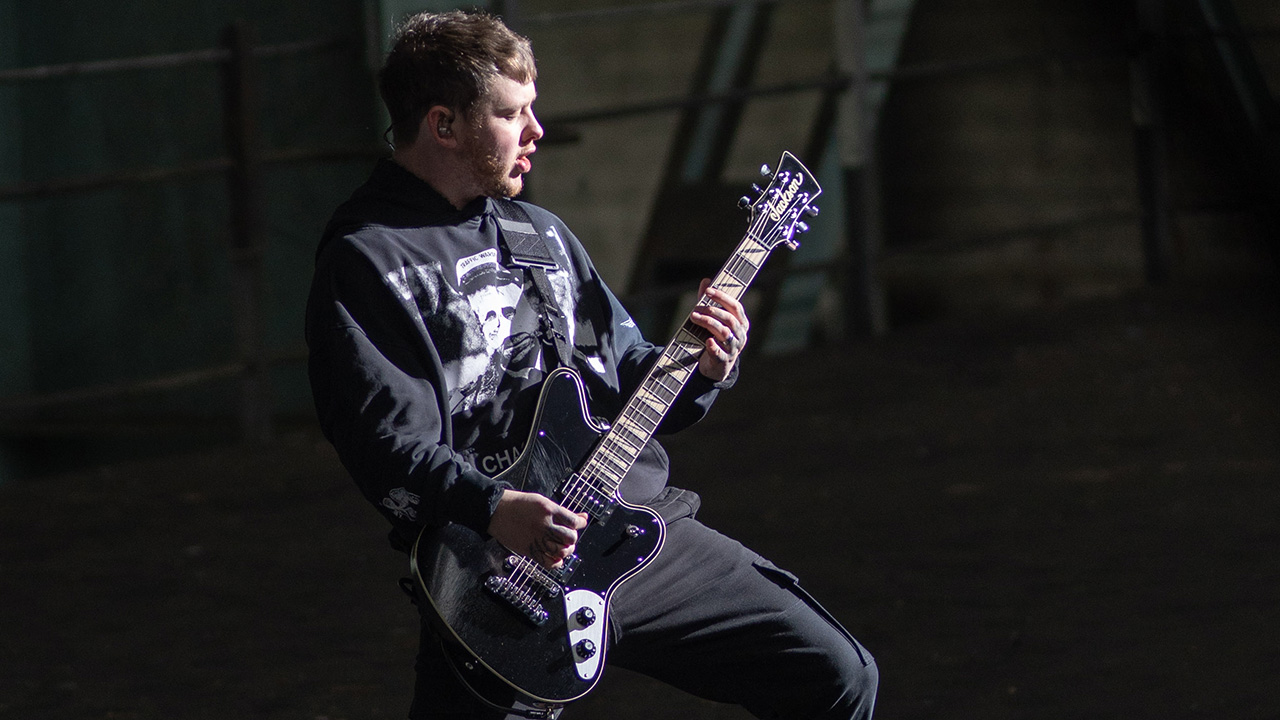
![John Mayer and Bob Weir [left] of Dead & Company photographed against a grey background. Mayer wears a blue overshirt and has his signature Silver Sky on his shoulder. Weir wears grey and a bolo tie.](https://cdn.mos.cms.futurecdn.net/C6niSAybzVCHoYcpJ8ZZgE.jpg)
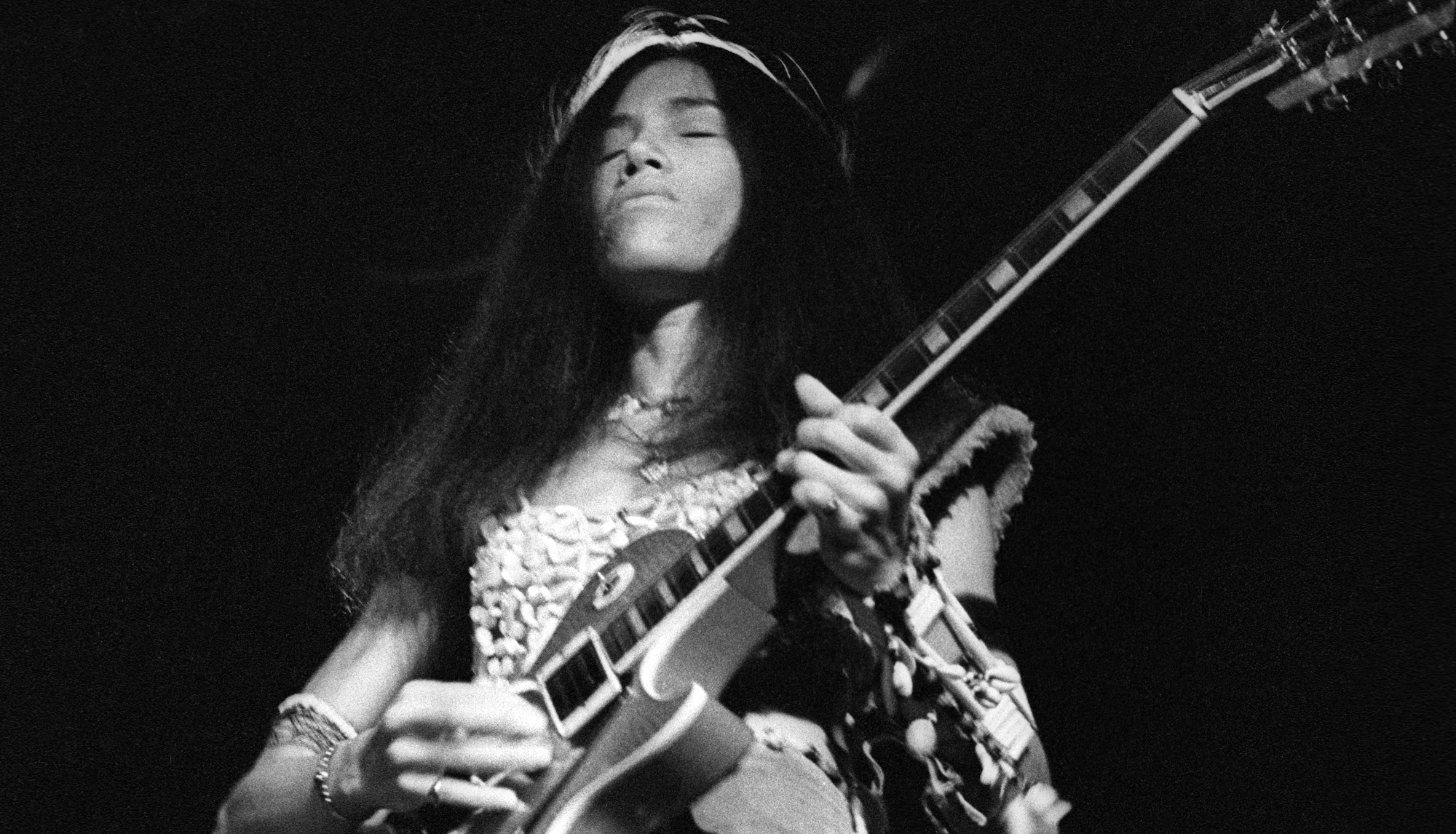
![A black-and-white action shot of Sergeant Thunderhoof perform live: [from left] Mark Sayer, Dan Flitcroft, Jim Camp and Josh Gallop](https://cdn.mos.cms.futurecdn.net/am3UhJbsxAE239XRRZ8zC8.jpg)
